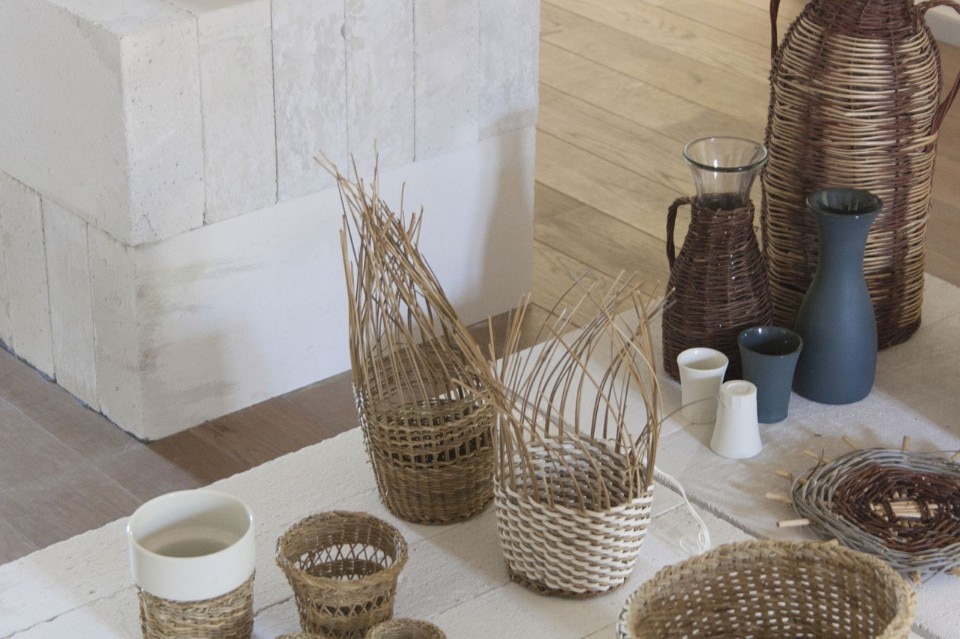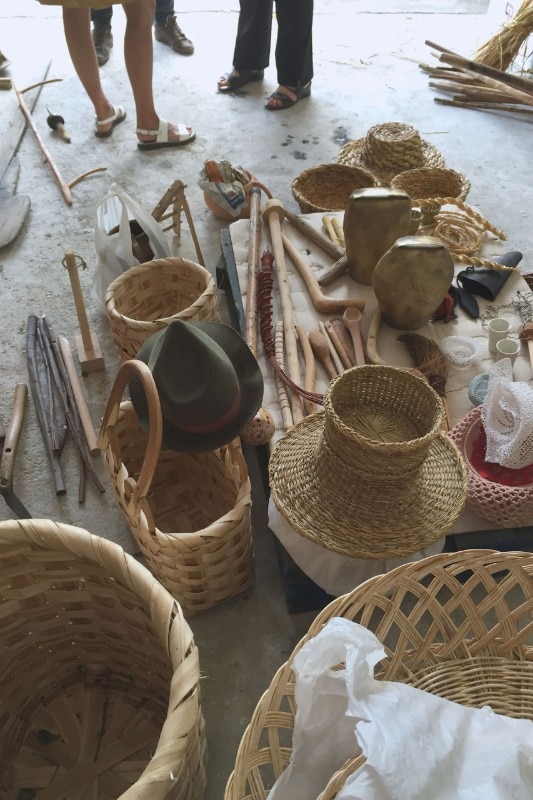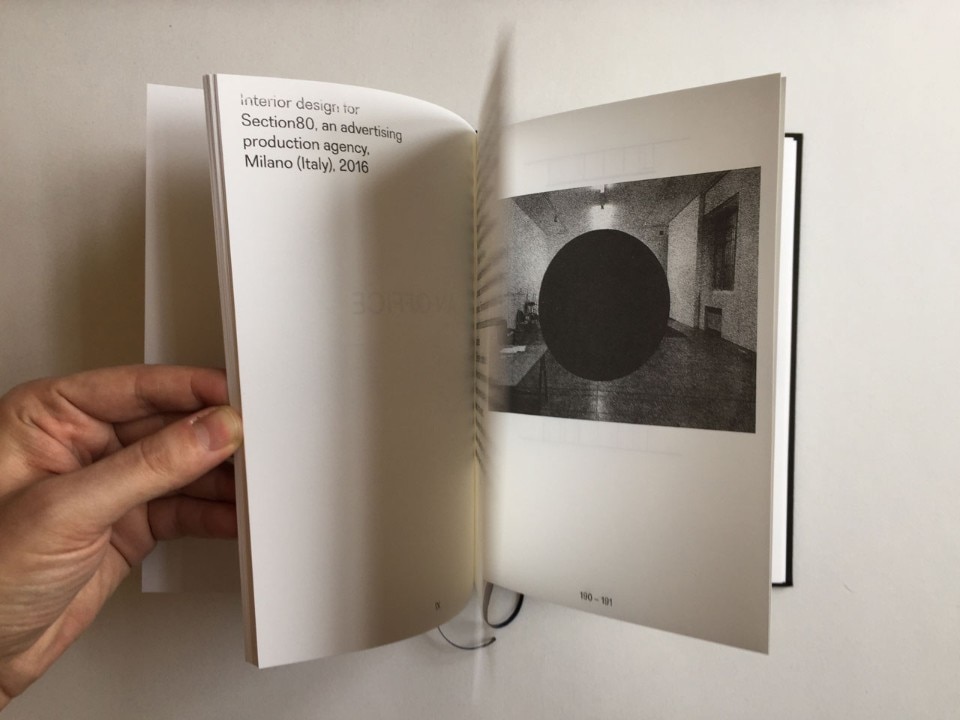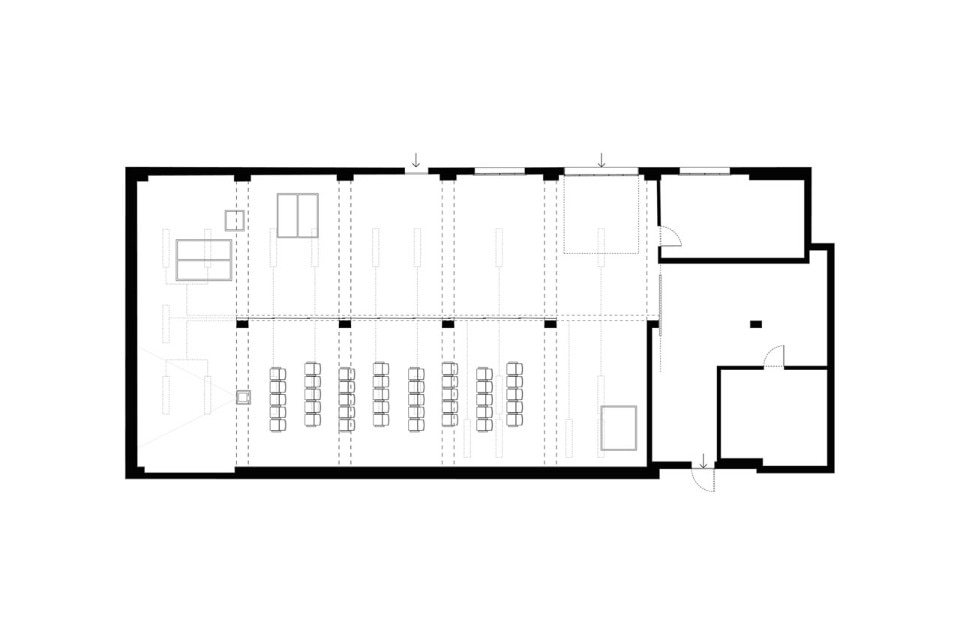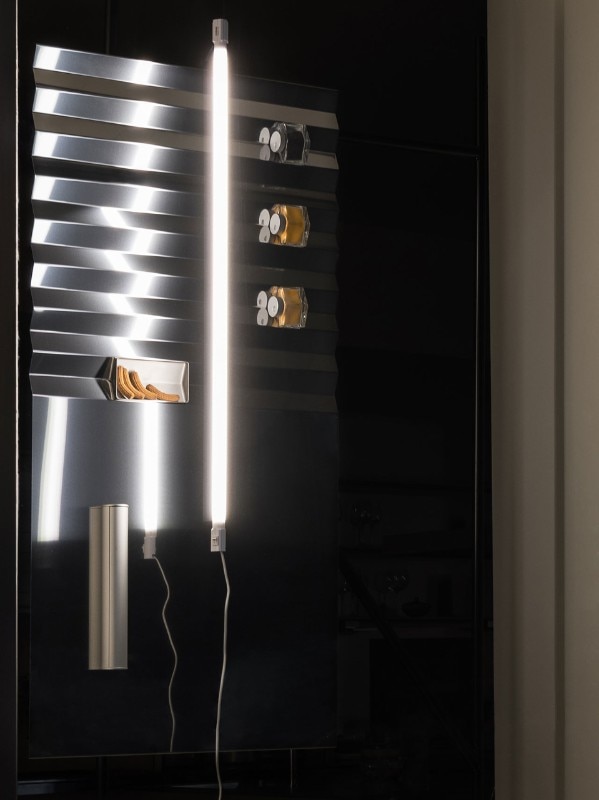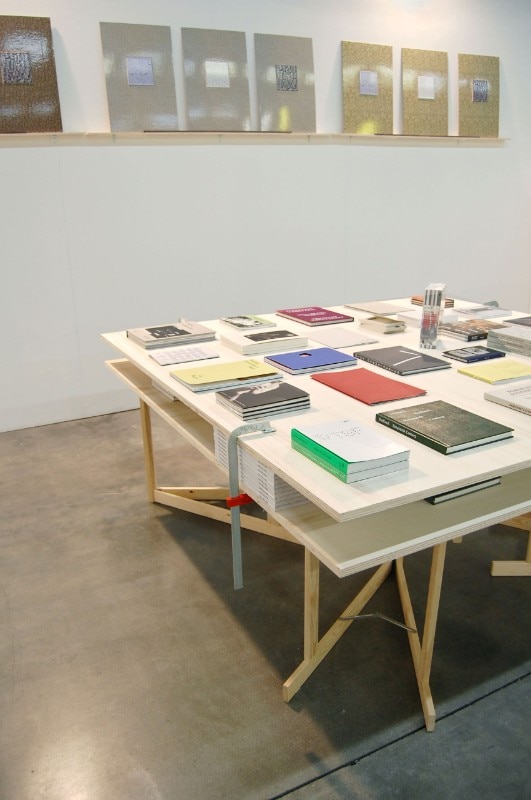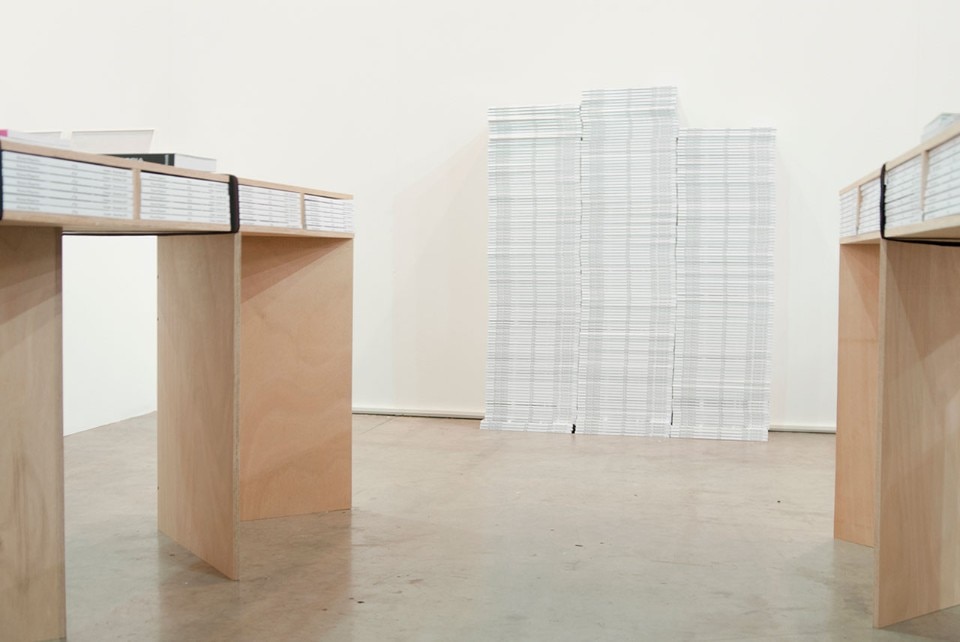The creative duo of Anna Paola Buonanno (Naples, 1986) and Piergiorgio Italiano (Lanciano, 1983) makes up From outer Space, a studio whose name already represents a story and, above all, a vision. It is a name which evokes other dimensions with are remote, but tangible, a way to communicate that their methods and their approach to the world of design is certainly uncommon.
Working coordinates: design is an intimate and profound experience, which is essential and to be practised with consistency. Coordinates which allow us to live as we intend to, sharing, self-management, passion, democracy, participation, and – obviously – profound harmony between the parties, a rare quality. From outer Space creates extensions and interpretations of space, it specialises in fascinating fittings such as the most recent for the German bulthaup (The Reflector Showroom in Milan, 2017) or other more minimal examples such as for “Design After Design”, by Francesco Dondina at the Ex-Ansaldo (Milan, 2016) or Prosecco and Popcorn, a temporary cinema curated by Fabrizio Bellomo and Chiara Buzzi at the Galleria Bonelli in Milan (2013).
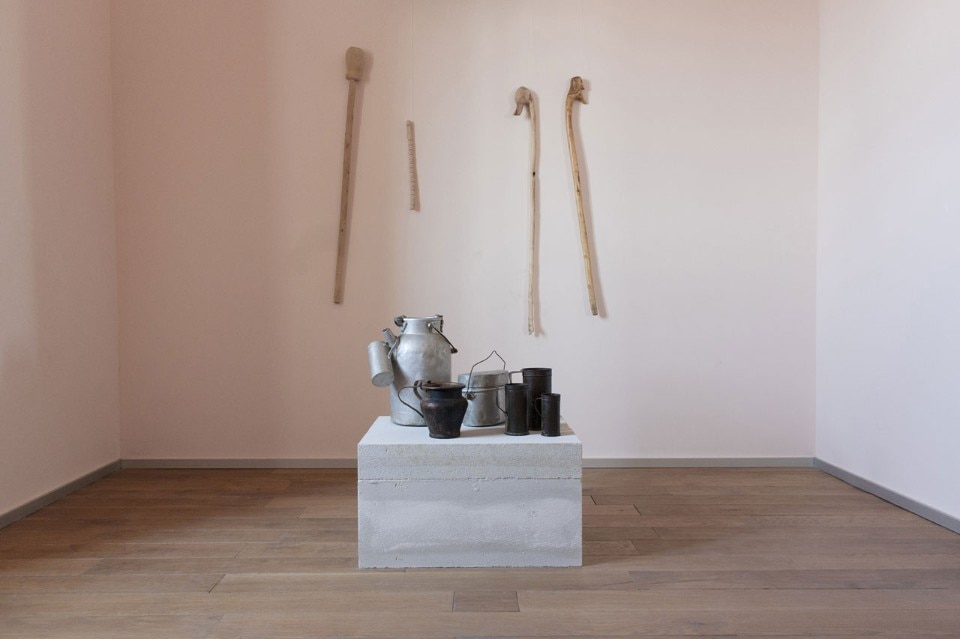
 View gallery
View gallery

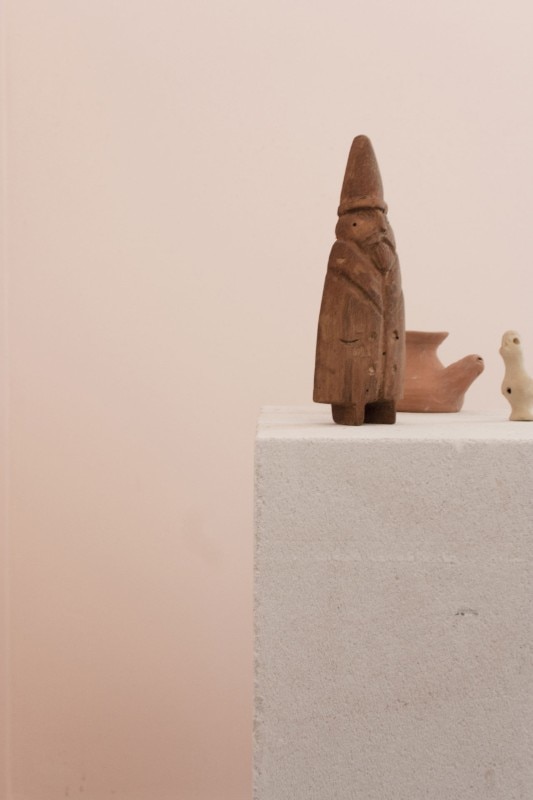
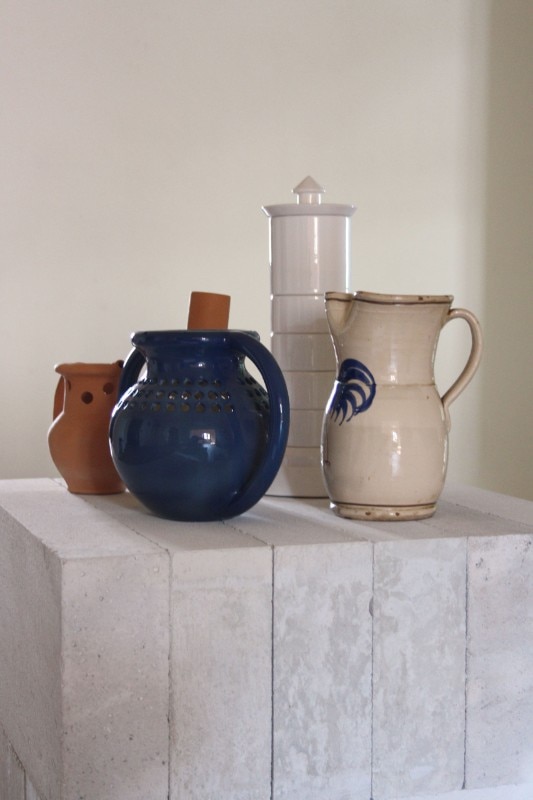
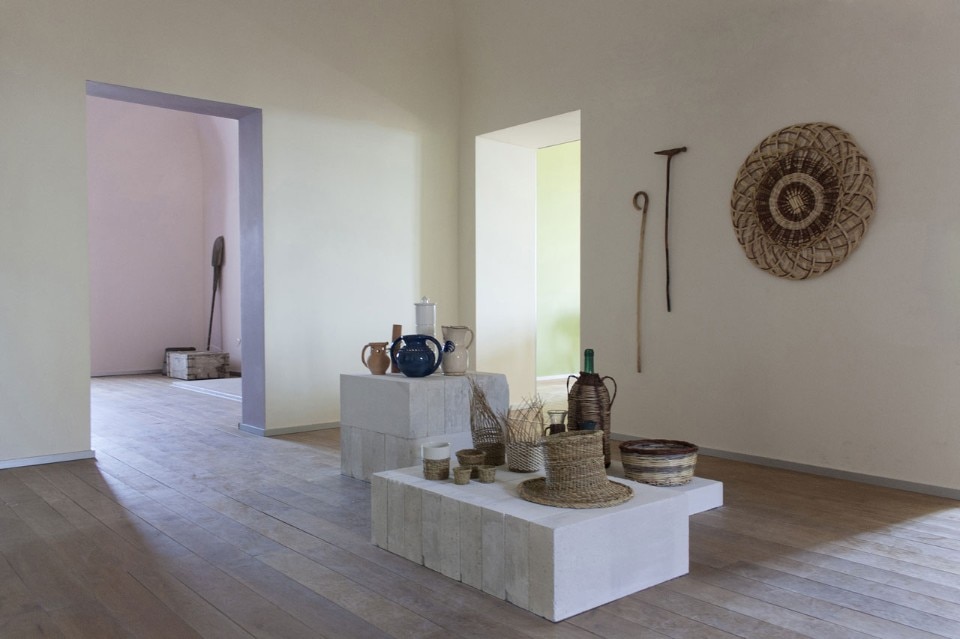
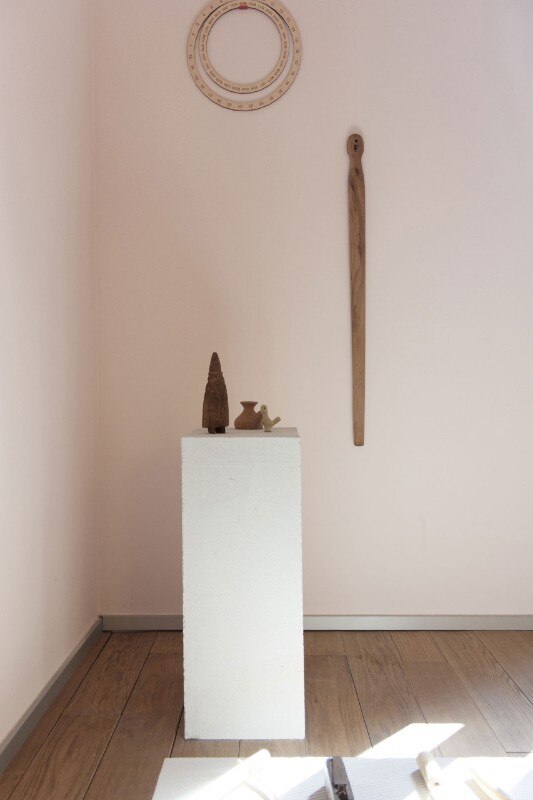
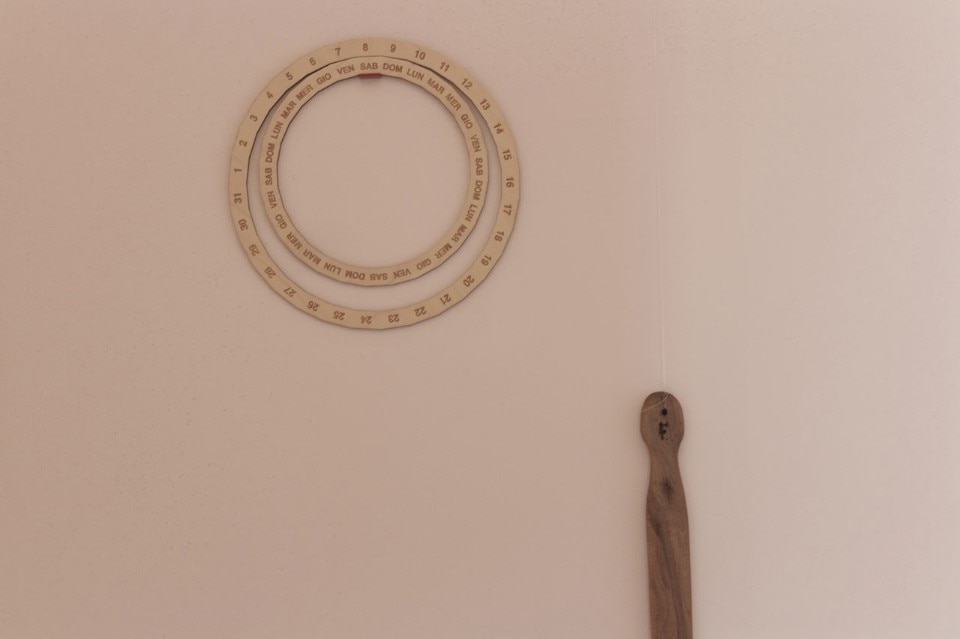
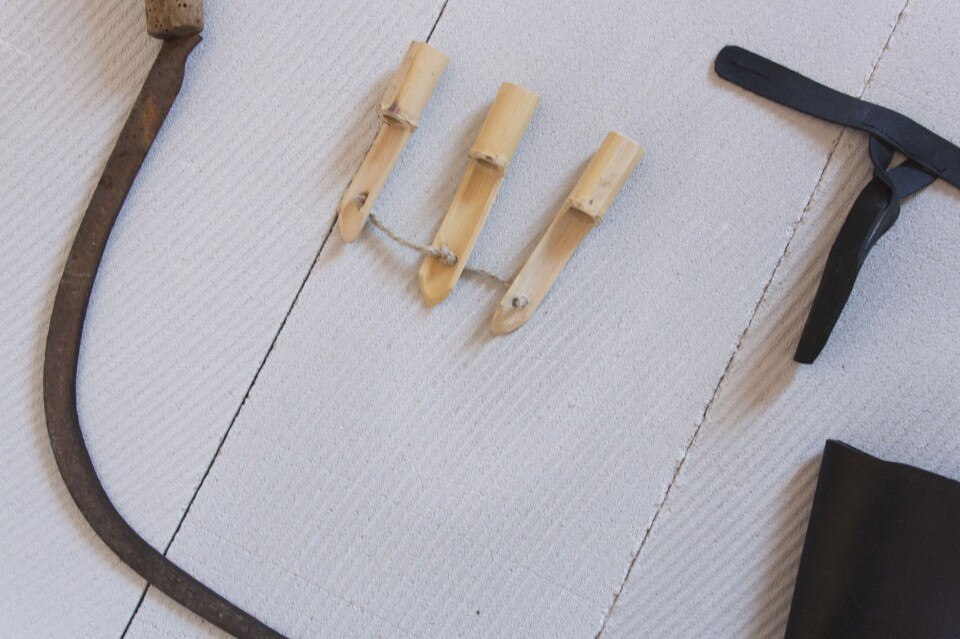
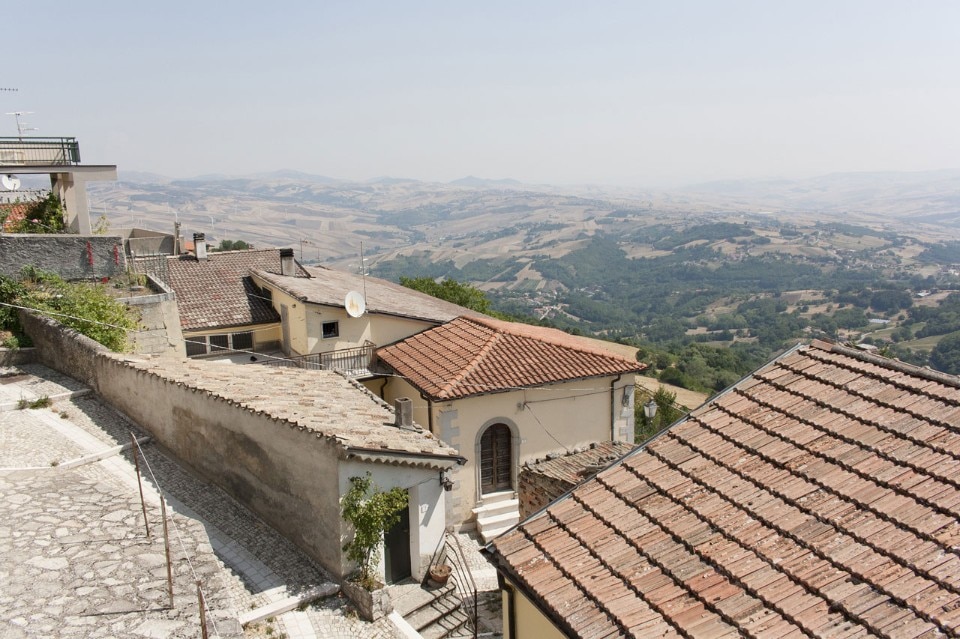
The duo is also involved in book design and art direction, starting as always with an attentive reading of the context in question in order to create a strongly-characterised vision which takes into consideration the crucial role and importance of aesthetics, on the same level as economic and social/sociological conditions - above all, as they say, in this period of crisis that we are experiencing. But periods of crisis are generators of new ideas and therefore the aim is to once again place design at the centre of a discussion which is capable of changing the game, as well as to allow it, with conscience, to regain its role as a remedy for, and relief from, the excesses of modern life. This is something which can also be done, and why not, in a collective manner, through workshops and self-produced initiatives which are capable of providing meaning to creative unease. But don’t ask them to design yet another chair. Here, they explain why.
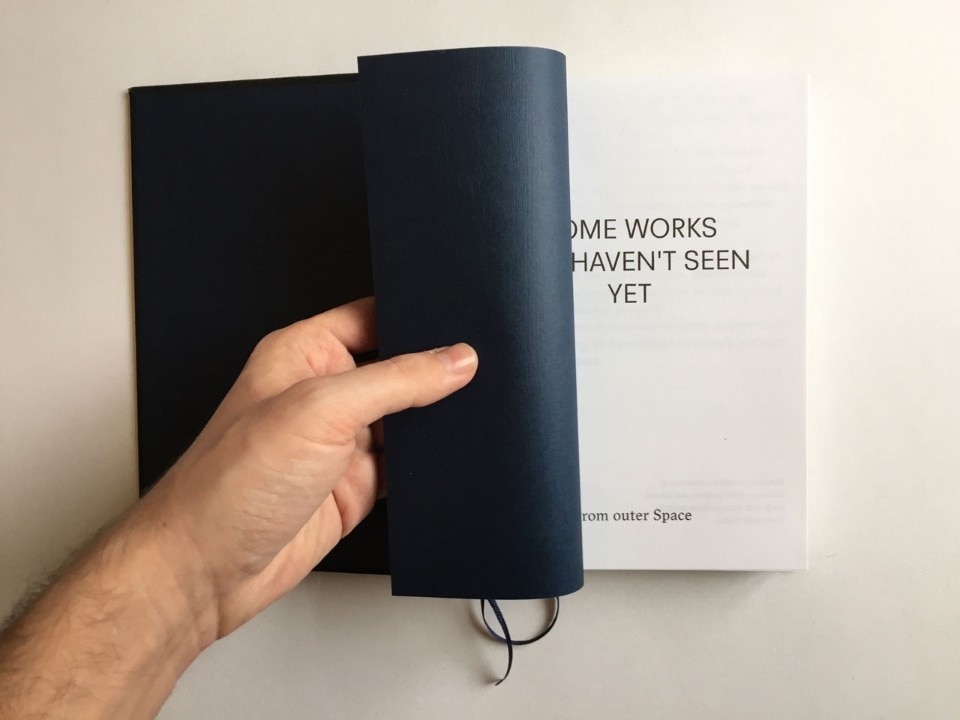
 View gallery
View gallery

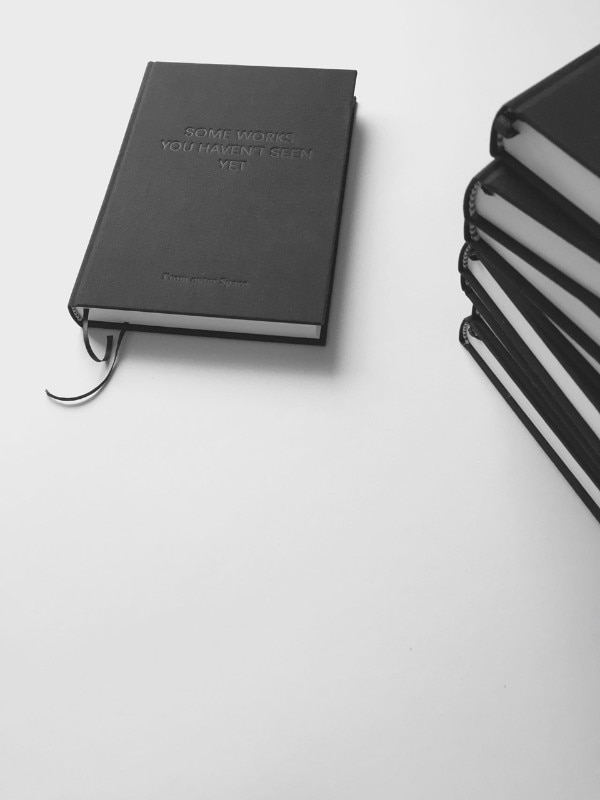
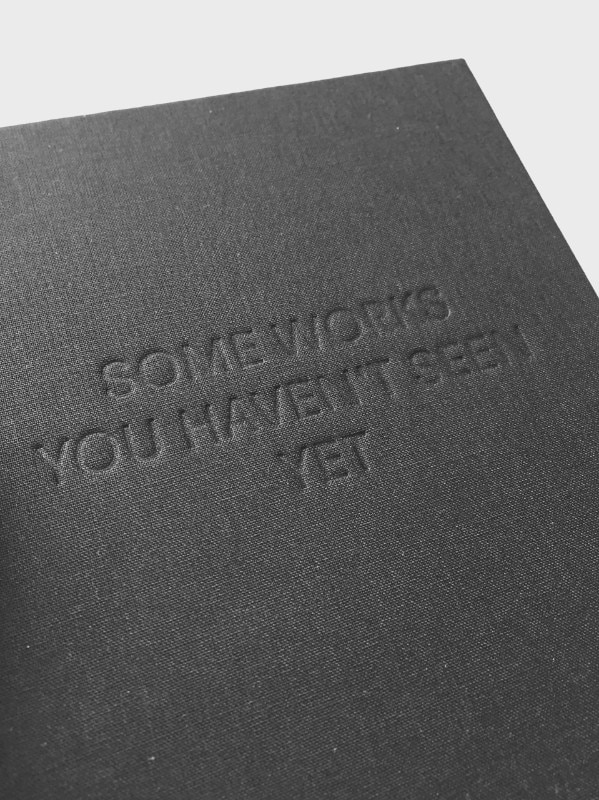
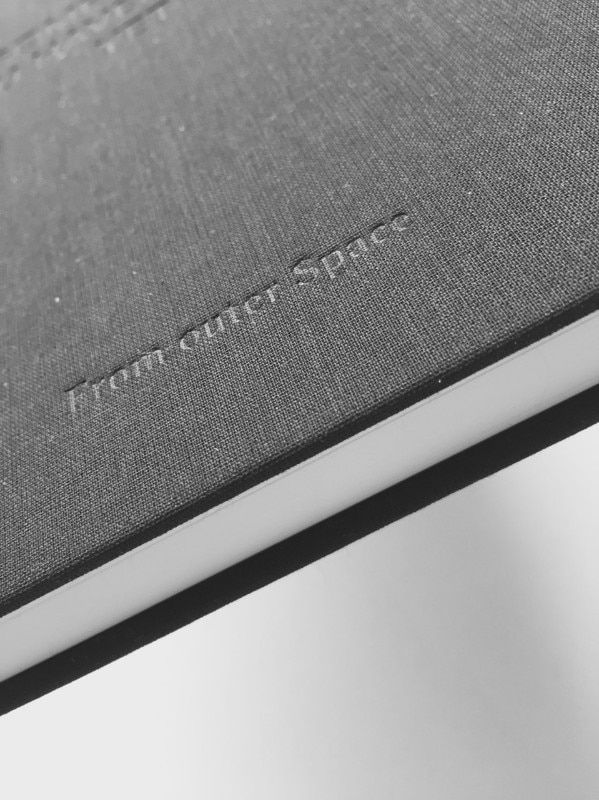
How did you meet?
Anna Paola Buonanno: In the most classic of ways, during our university years, at the School of Design at the Politecnico di Milano. Piergiorgio had just come back from Switzerland, and I had just moved to Milan, after having graduated from Valle Giulia. We both came from different university experiences and cities
– Piergiorgio from Florence and then Göteborg, and me from Rome –, so it was fairly natural for us to find ourselves, between one course and the next, considering our differing approaches to design..
From Outer Space
Black mates in three
How did you begin working together, and where are you headed, again together?
Piergiorgio Italiano: With our respective degrees, we lost touch. It was only some time later that we met up again in a work group together with other faculty colleagues, taking advantage of the time that each one of us managed to find in the midst of our respective professional commitments: we took part mostly in calls for tender, with the desire to put into practice that which we had acquired during our university years and experiences in architecture and set design studios. An experience which didn’t last long, but which allowed us to understand that we shared a common vision which should be explored. From that moment on, the two of us continued to design together, and in 2013 we set up From outer Space.
AP: Since then, through commissions, autonomous research and collective projects, we examine every aspect of design, often using differing disciplines and instruments – from writing to graphic design, to space design. Nowadays there is a need to label everything in order to render it easy to classify. The road that we want to follow, instead, seeks to examine the project in all its possible forms, using ever-differing levels of interpretation.
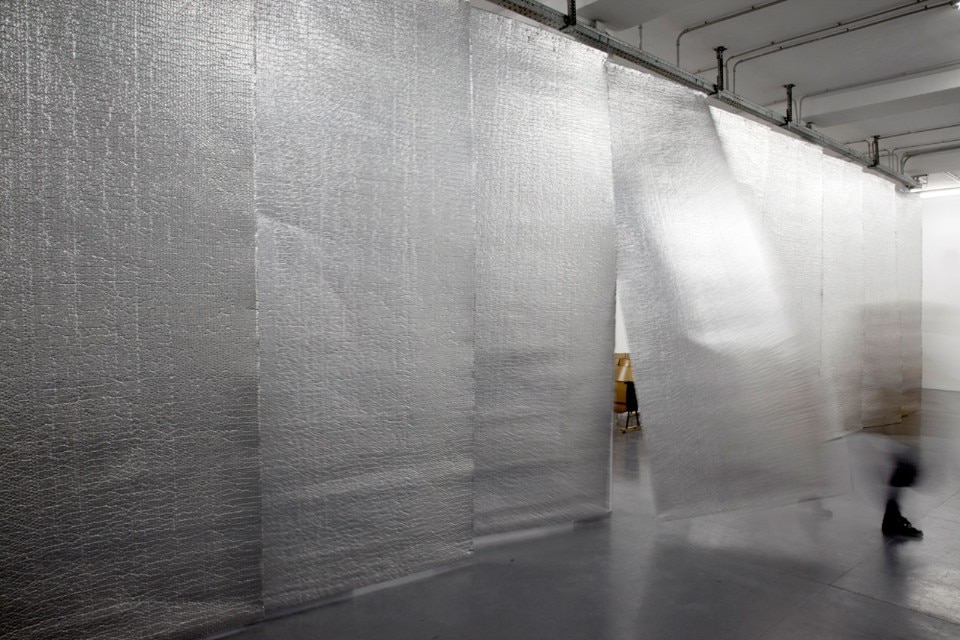
 View gallery
View gallery

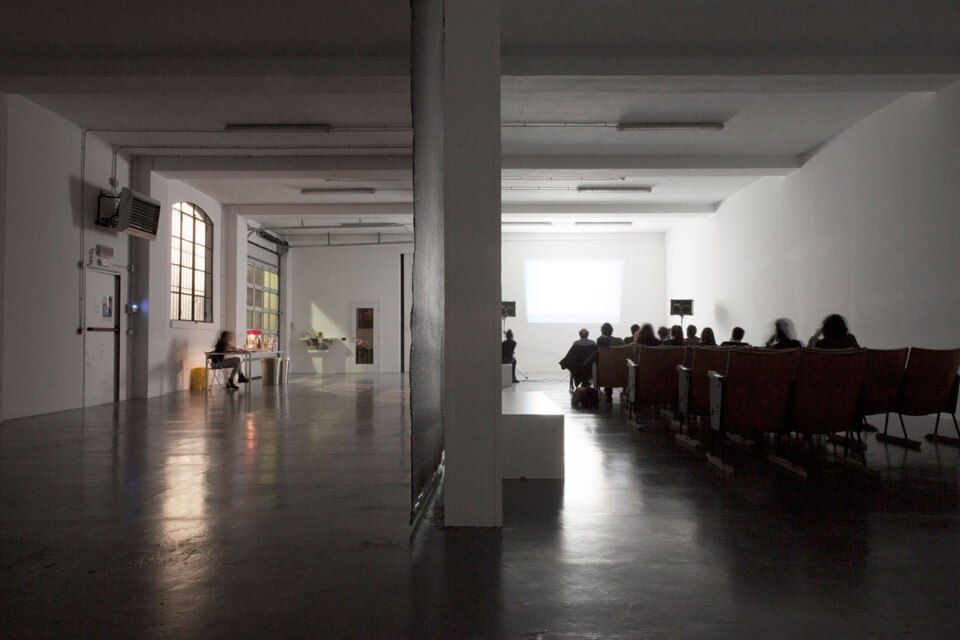
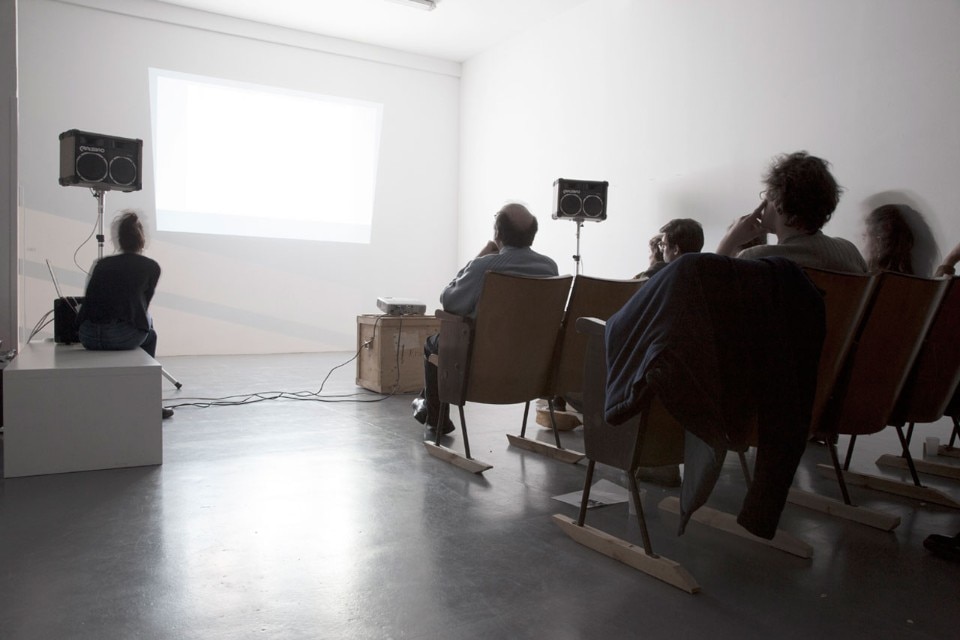
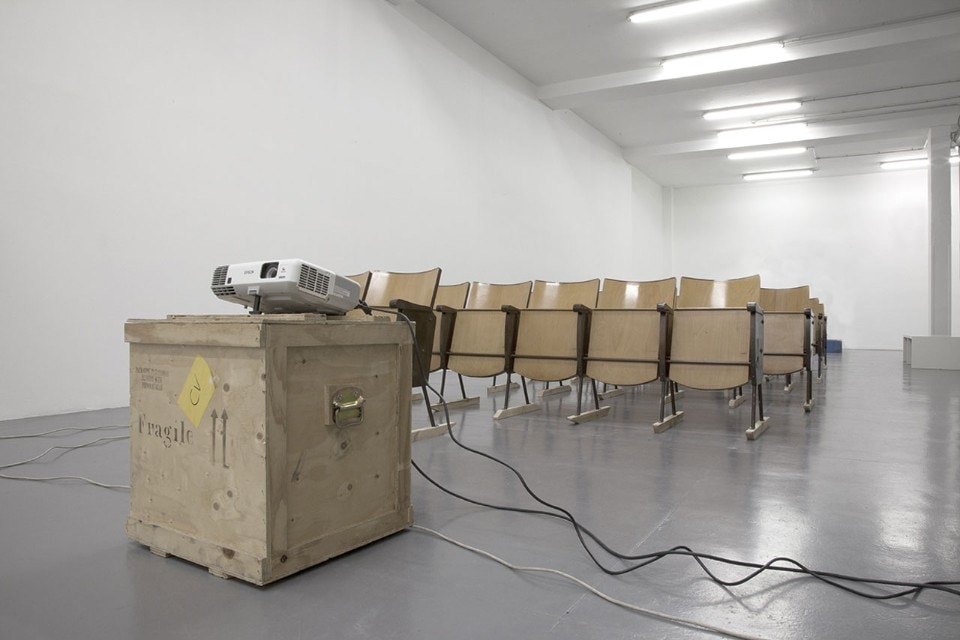
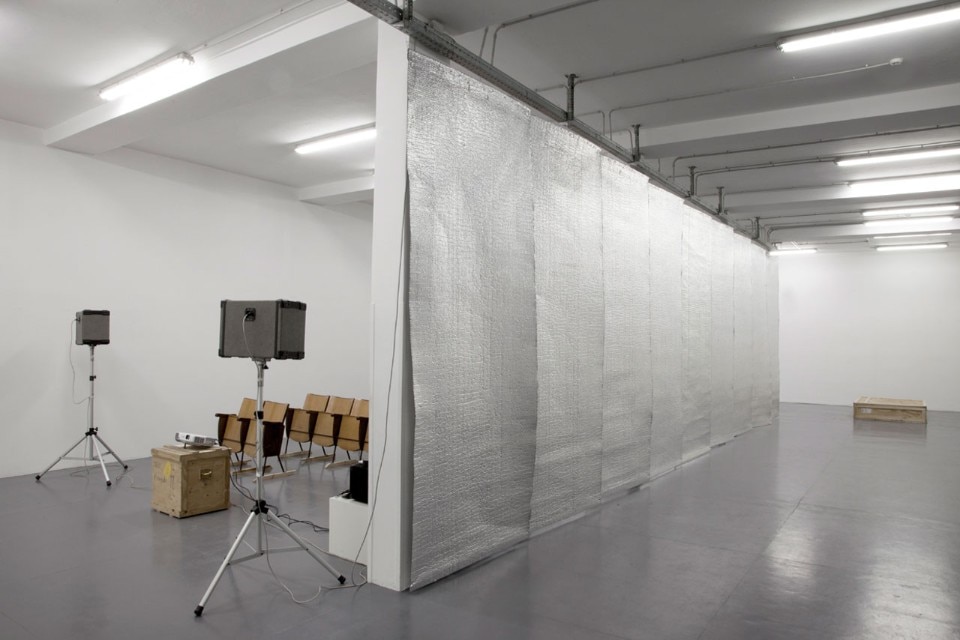
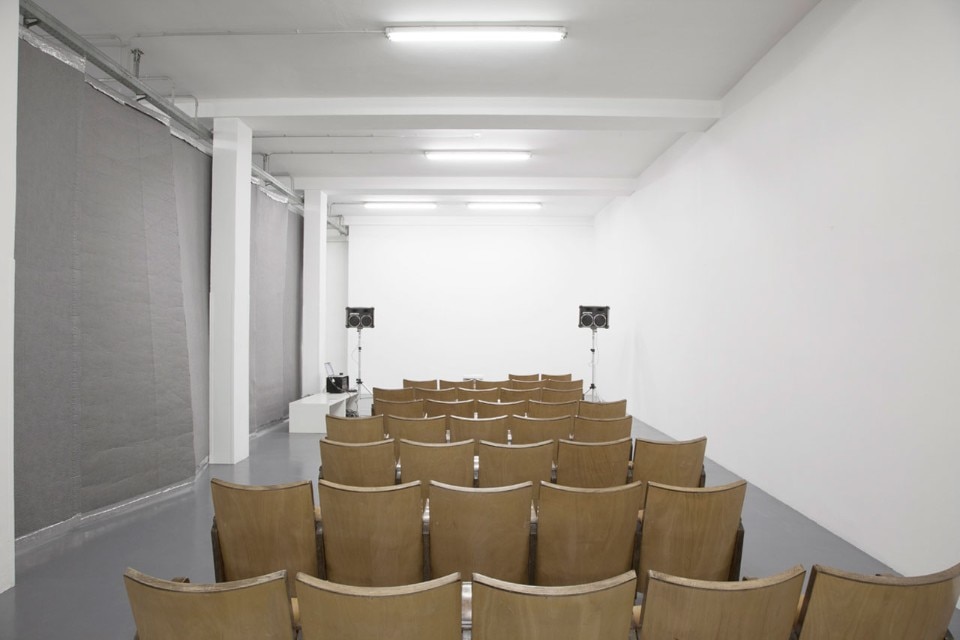
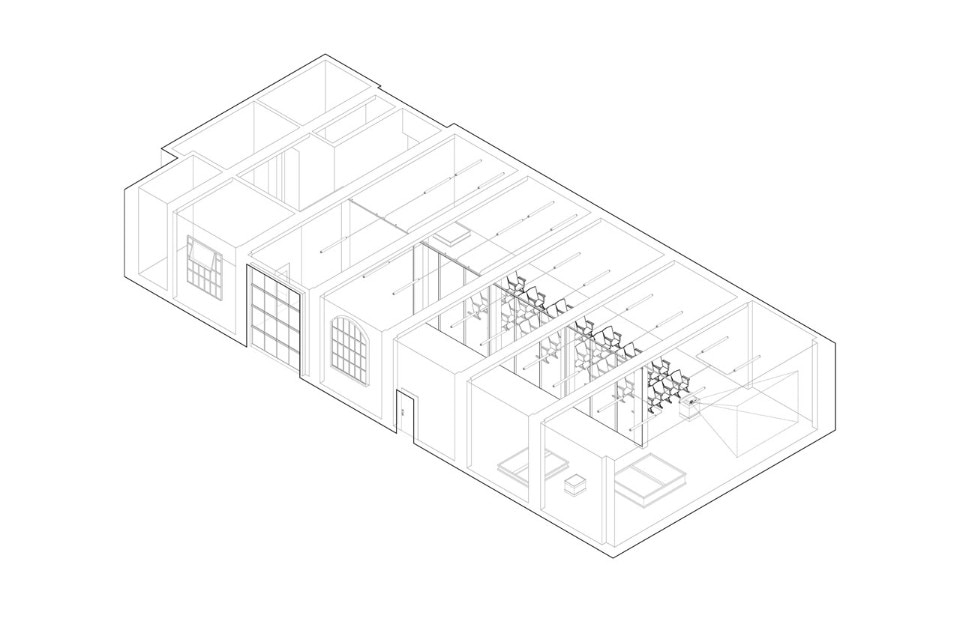
/Users/annapaolabuonanno/Dropbox/:::prosecco e pop corn/allestimento/01_dwg/Bonelli_131007.dwg
I have always been fascinated by creative couples – trying to understand how (one) project can come about when there are various (two) minds involved. What does it mean to design when there are two of you?
APB: Designing in two is complicated: convincing your partner that your point of view is the right one takes time and trial. Despite the non-linear process, the result is undoubtedly the result of a series of tests, first of all with oneself, and then with the other. When we come to a solution that we agree on, and the doubts disappear, we are sure that this is the right representation of what we are together.
PI: We are both very meticulous, and we sometimes spend weeks discussing an idea before drawing a single line. It is necessary to have a special understanding in order for a couple to work, to think in –almost – the same way. Consequently, for me it is fundamental to have a person who is a point of reference when I design, someone who can challenge or question my convictions. This leads me to be more concrete and clearer.
What is happing with you at the moment?
APB: We have recently finished a courageous project, which kept us busy for a good part of last year: an itinerant fitting for the windows of the Bulthaup Italia showrooms.
Reflektor is a work of fusion, born from an in-depth analysis of the German company, and followed by research aimed at rendering the display system extremely flexible, so much so as to adapt to individual windows thanks to a modular system and ease of assembly – on the same level as a product, in the sense that it is able to create communication in any context. At the base of everything there is, furthermore, an examination of the meaning of window, seen as a form of limbo between inside and outside.
PI: This particular theme has led us to consider a parallel world, or better, a series of scenarios reflected and entrapped within the window. As well as providing depth to this almost two-dimensional threshold, the reflective surface of the display system has allowed us to hang bulthaup kitchen utensils in a dreamlike landscape, in which passers-by and the city itself are involved.
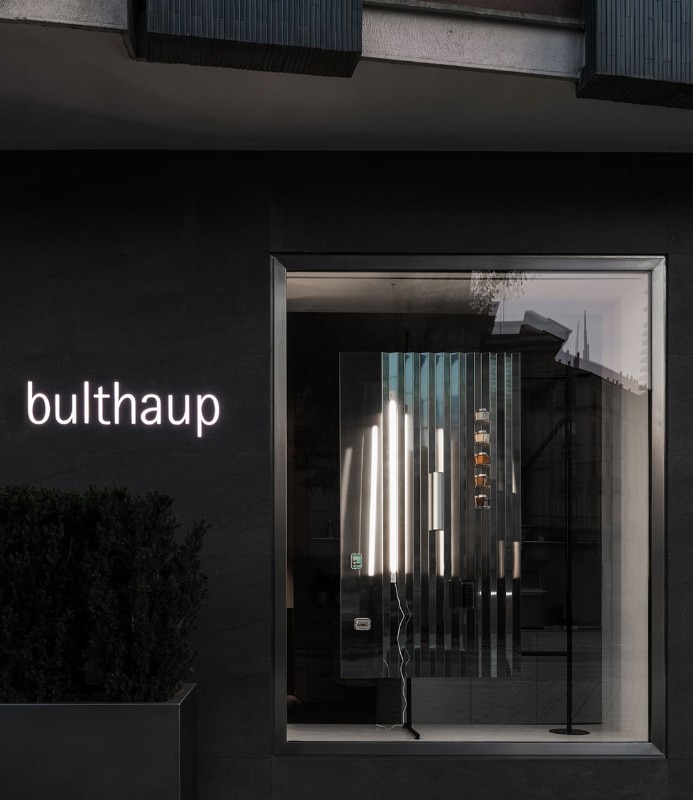
 View gallery
View gallery

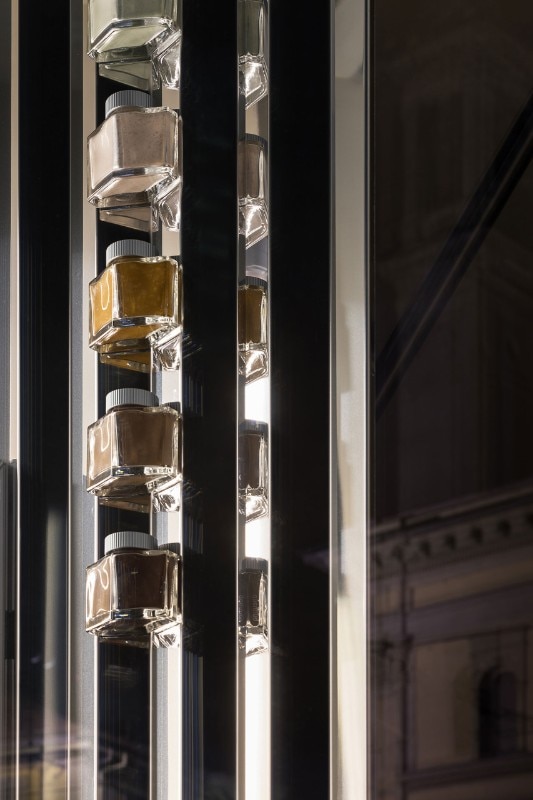
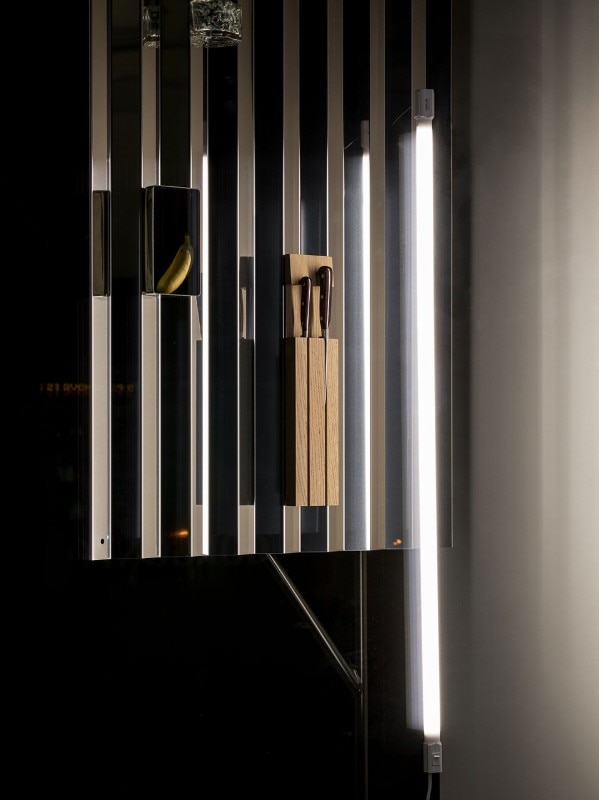
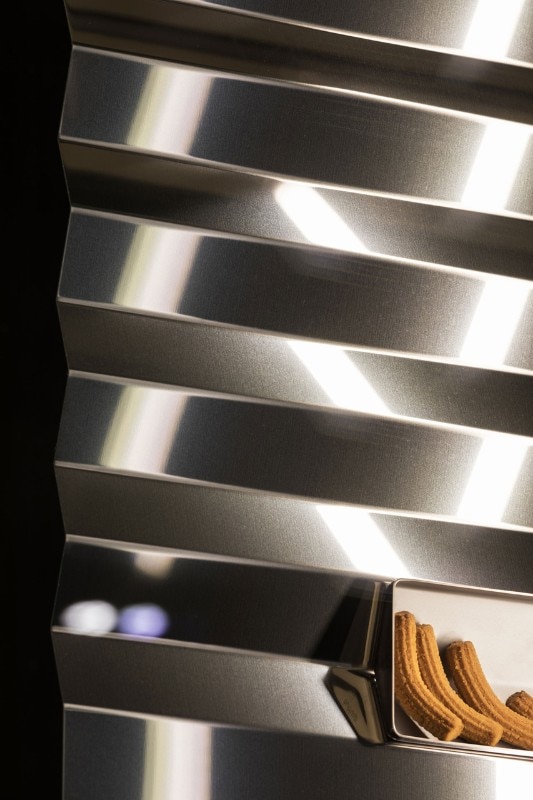
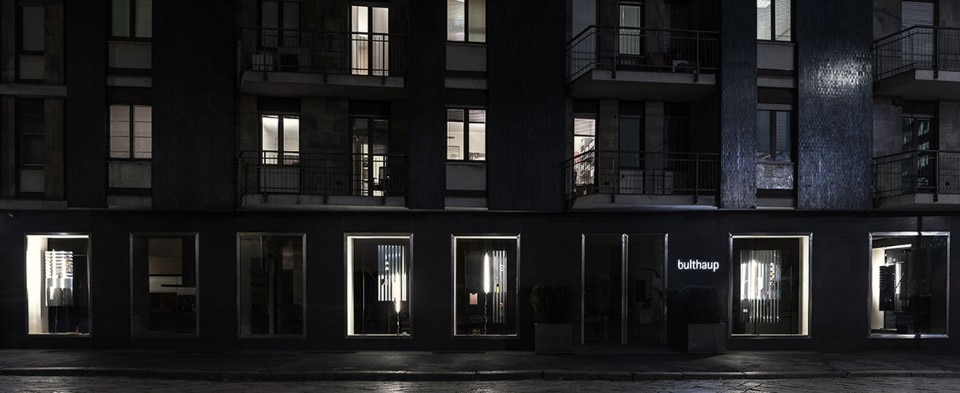
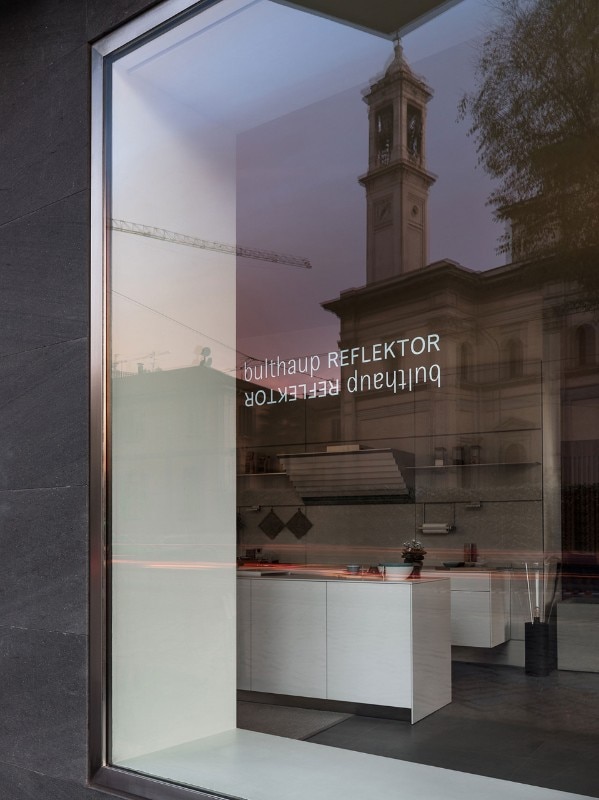
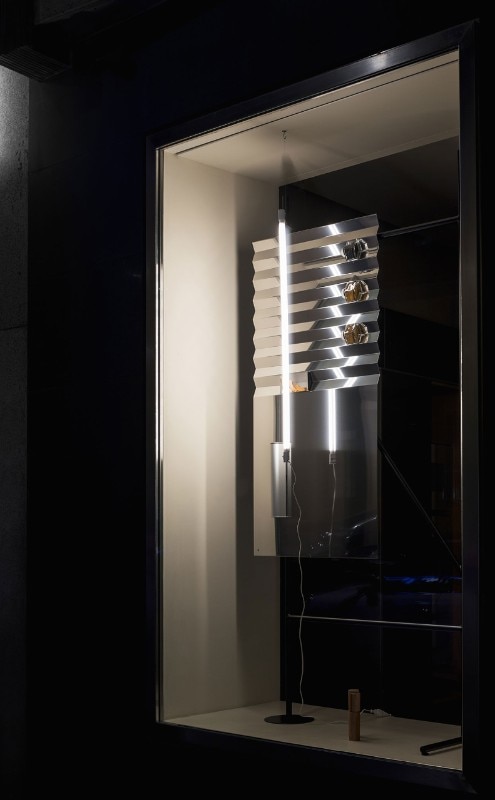
The future?
We are continuing to work with courageous companies and figures which want to invest in new forms of thought and culture, and above all which understand the need for good design.
In a period in which attention has shifted to a digital level and the designing of virtual reality, leading to the impoverishment and standardisation of spaces, our field seems to us to be ever-more important.
And so to design.
APB: Certainly, those dealing with design have the important ability to be able to anticipate and represent ideas, thus rendering them tangible. Among the various aspects of design, the designing of interiors – which unfortunately still fails to provoke much debate – seems to us to be the most complete, capable as it is of leading us to relate to our existence. Designing an interior means having control over that which takes place around us. It means restoring order, and a balance between people and space.
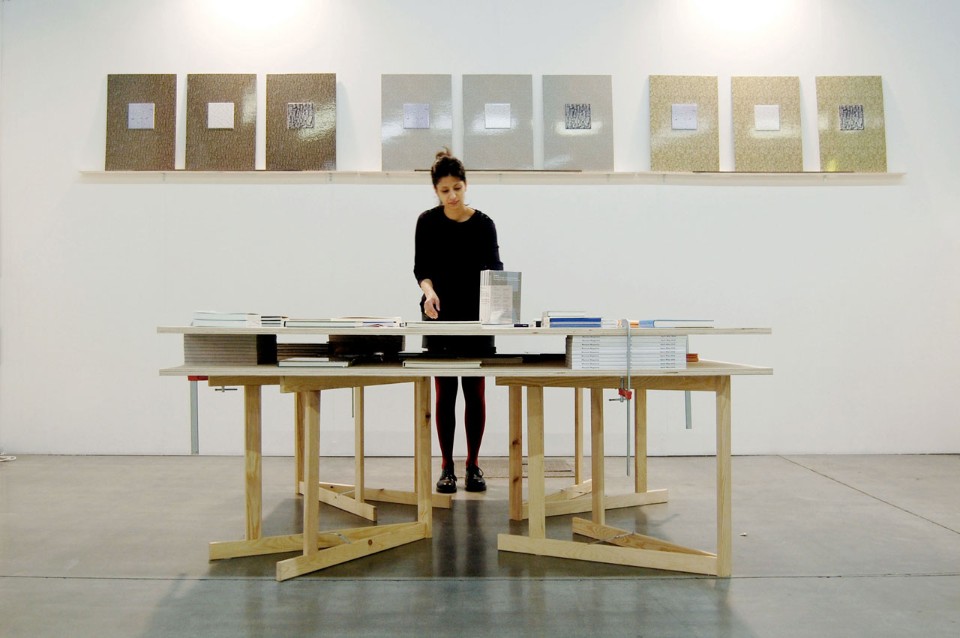
 View gallery
View gallery

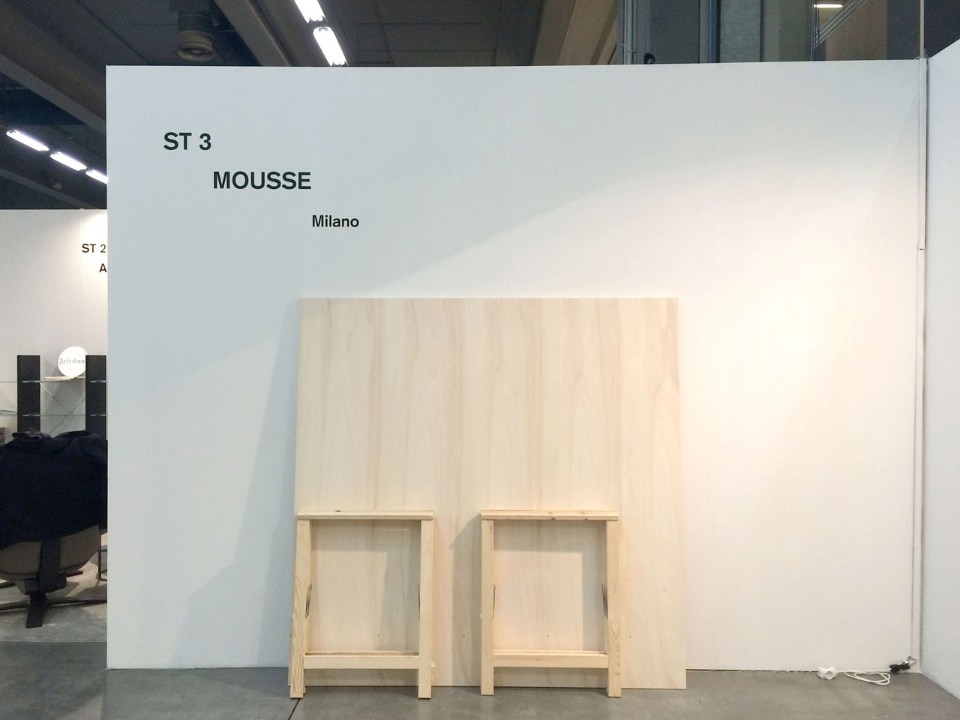
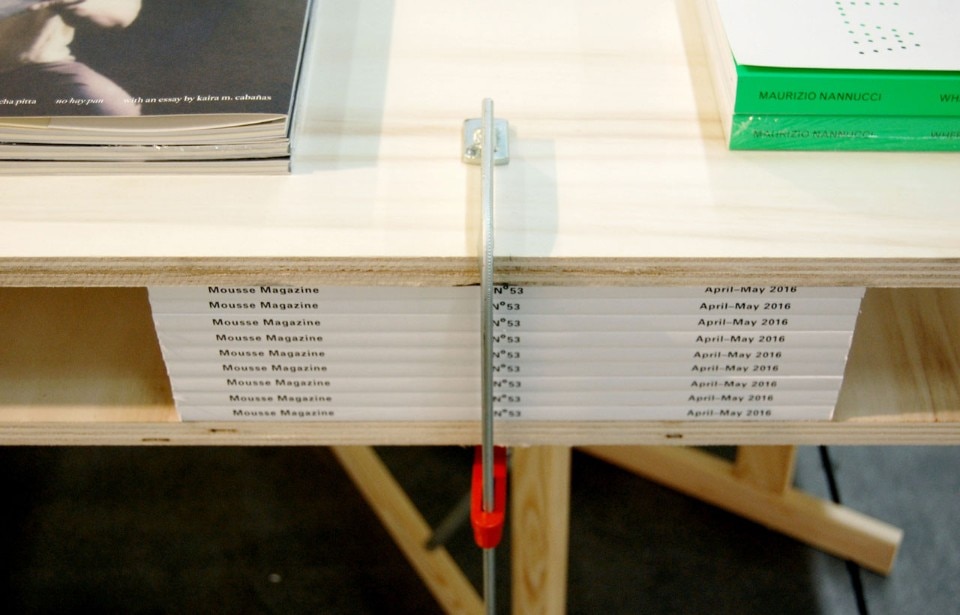
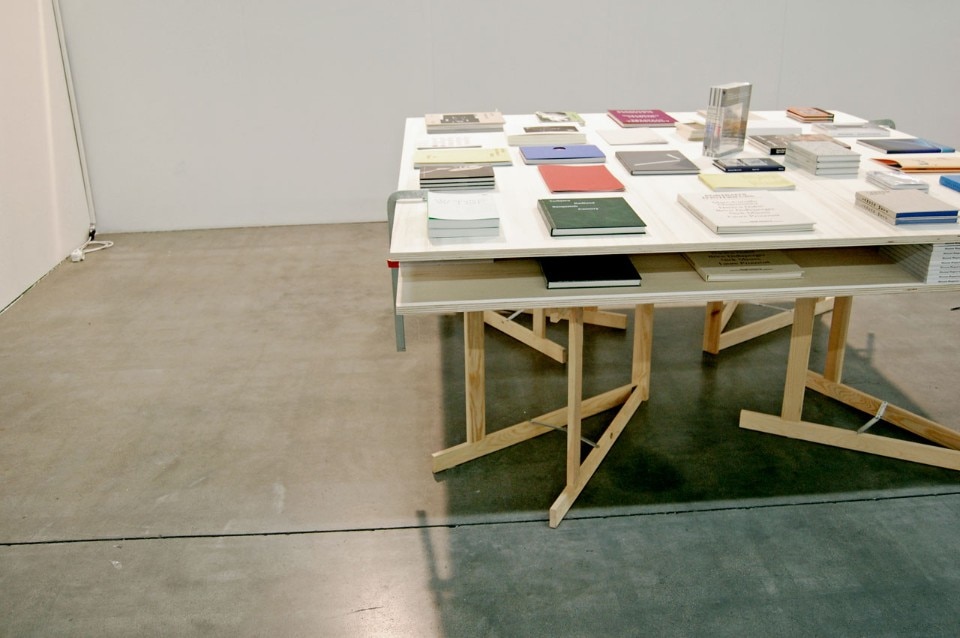
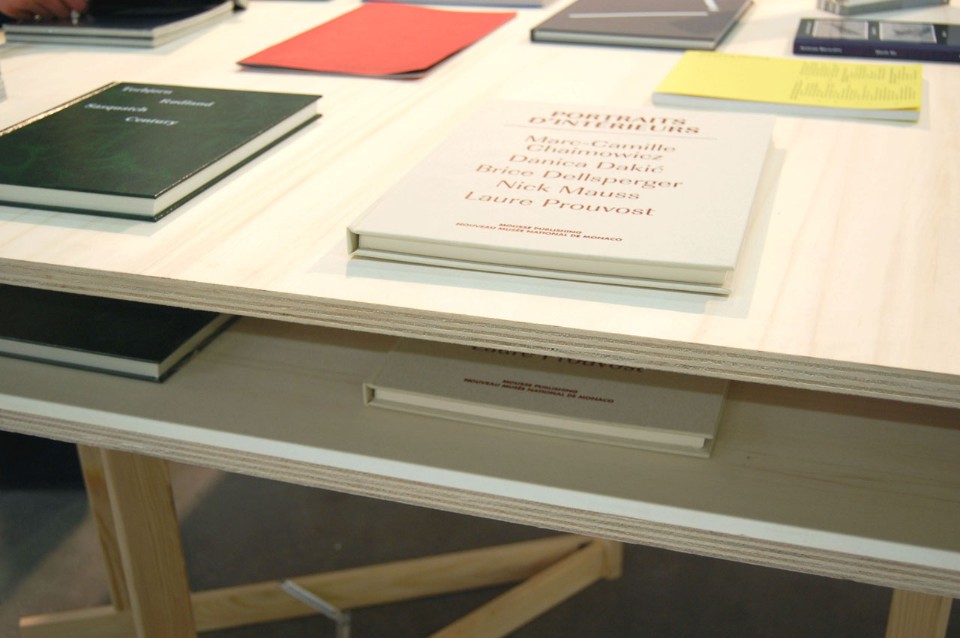
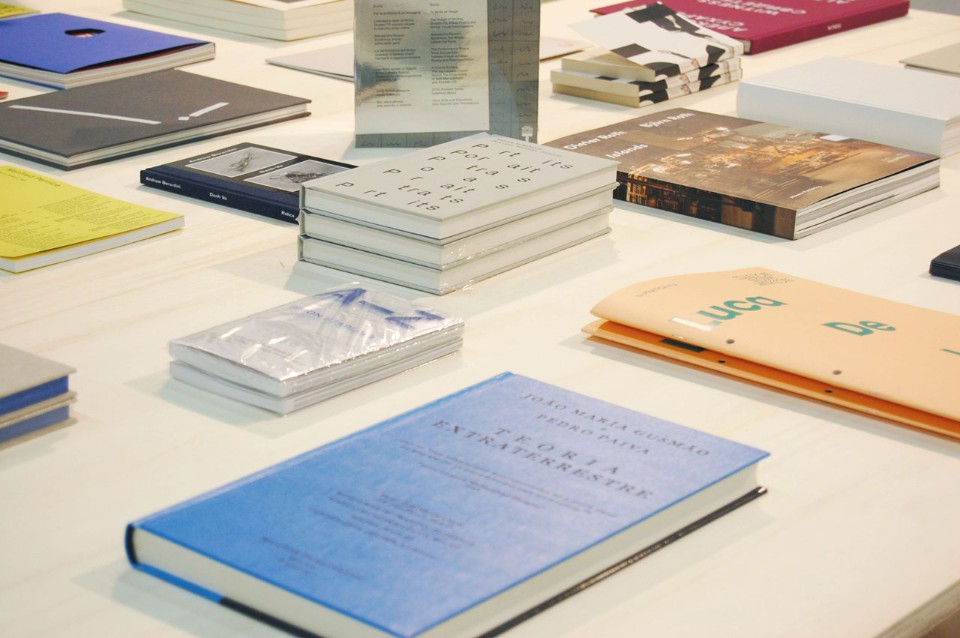
Your approach to this discipline.
PI: We are interested in understanding the meaning of the things we design. Every time we introduce a solution or a detail, we ask ourselves why, or whether it is fundamental for our objective or simply an aesthetic caprice. In my opinion, nowadays there is a tendency to design according to trends, to use a certain material or finish without a precise technical or functional reason, with the sole purpose of applying an identity; I believe these designs will soon be forgotten. Ours, on the contrary, is an essential approach; we begin with a detailed analysis of the context, to then move on to working on just a few elements, or on simple but well-conceived passages.
The work we did for the Mousse Publishing stand, first at Miart and then at Artissima, is a very precise example of our method: we had a number of functional requirements, specific economic and logistic requests, dimensions to respect. Responding to all these requirements with a design is a little like playing a game of chess: there are not so many options available in order to reach the objective. All you need is one single, simple move, but it requires thought.
APB: Another characteristic of our work is the constant study of the world of art and photography, cinema and music, which we consider fields of pure research from which to draw. Artists usually have an ability for synthesis and language which is much more accentuated than that of designers, so we often use artistic references in order to focus an intrinsic message, in order to communicate a certain design or process in a direct manner.
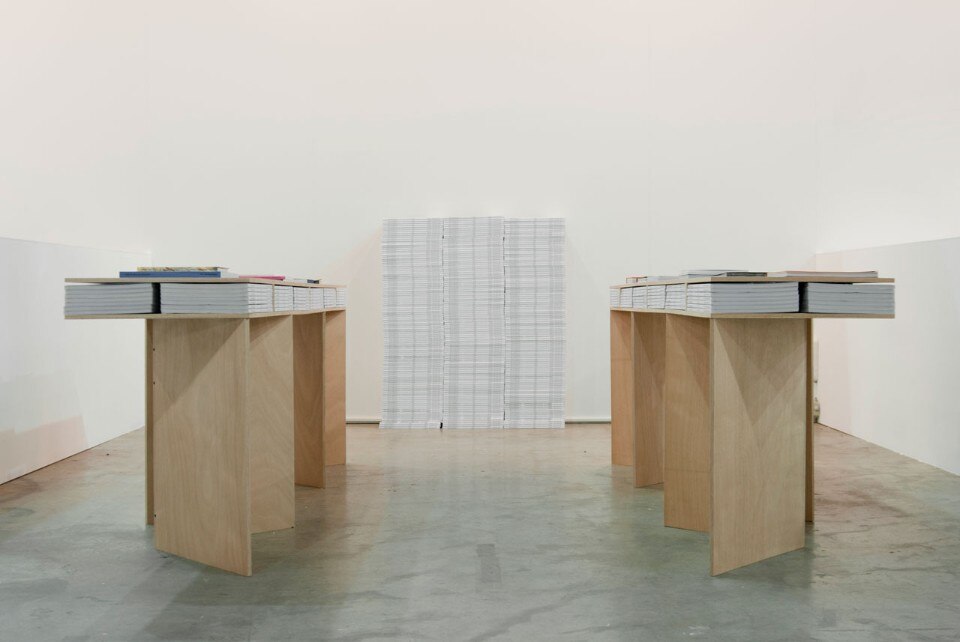
 View gallery
View gallery

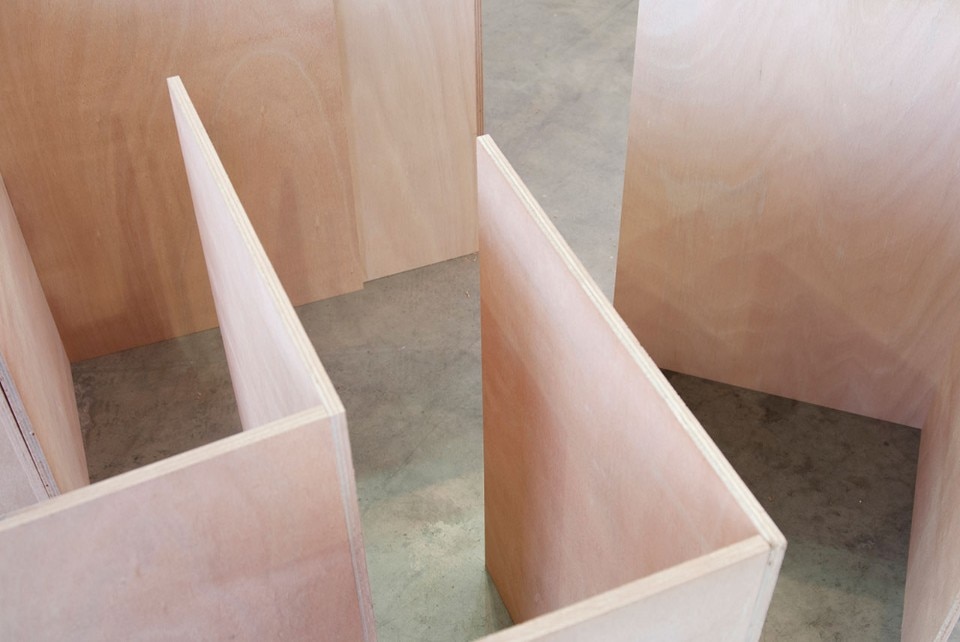
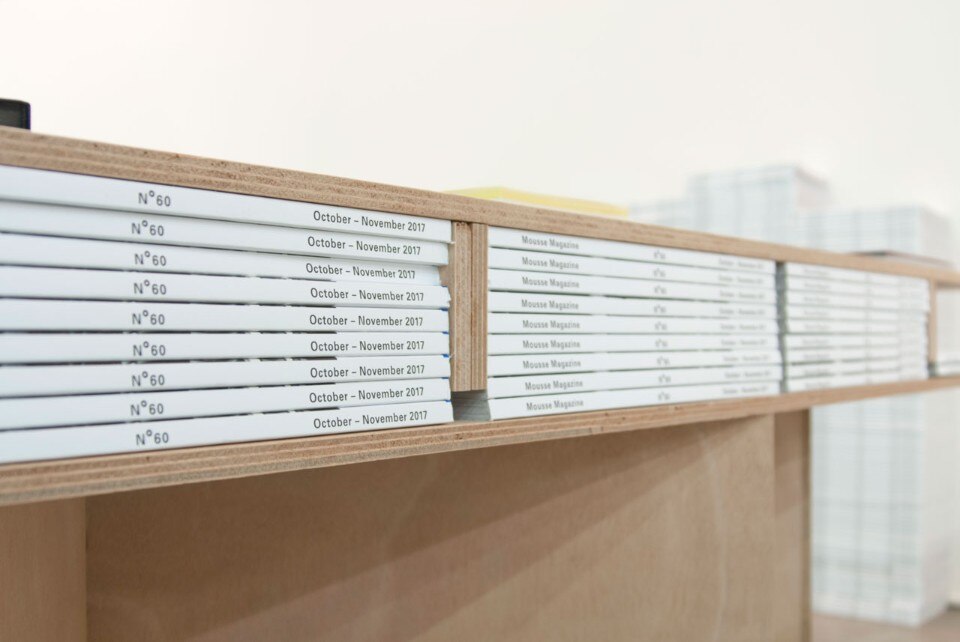
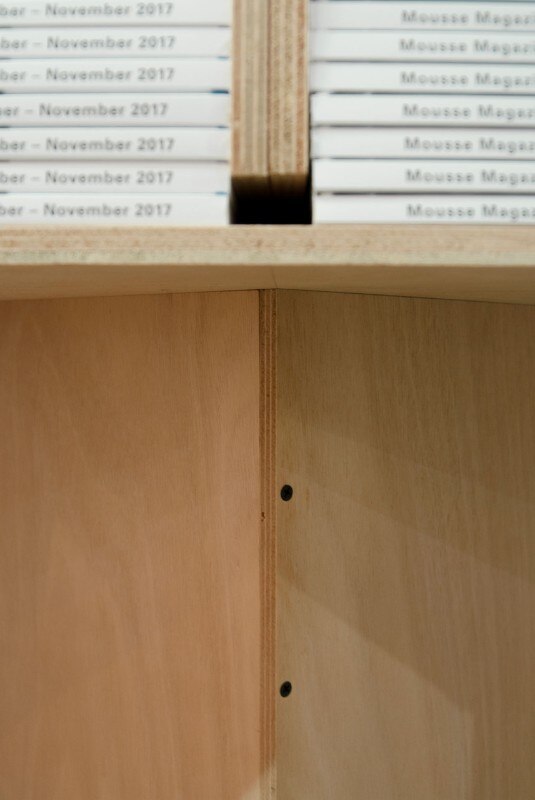
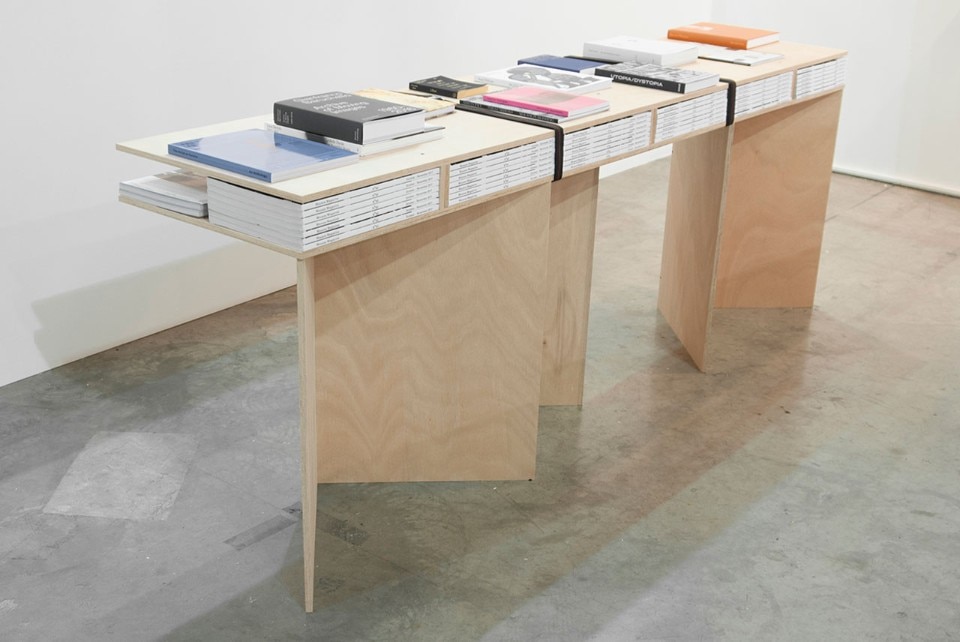
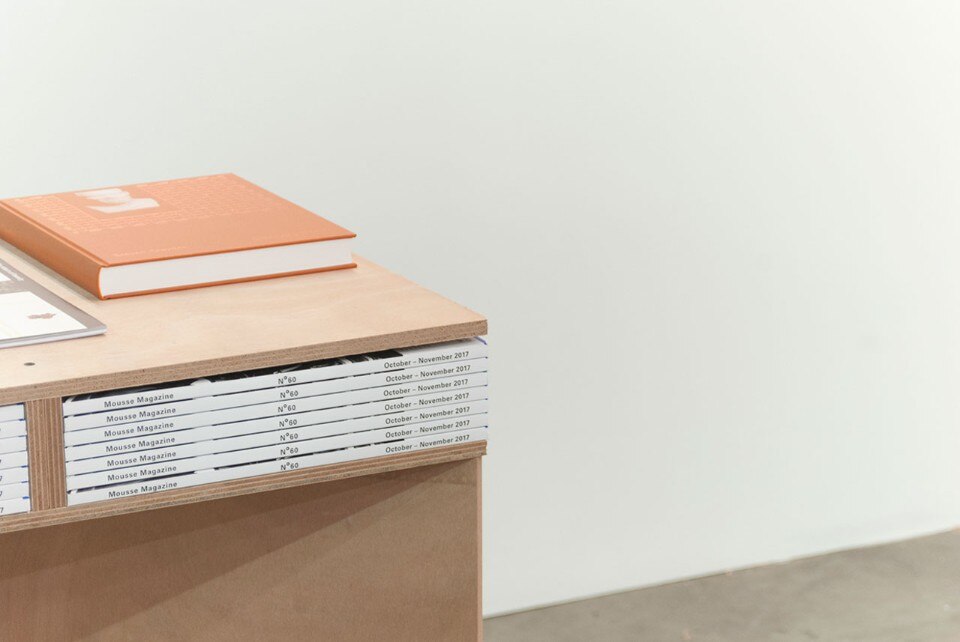
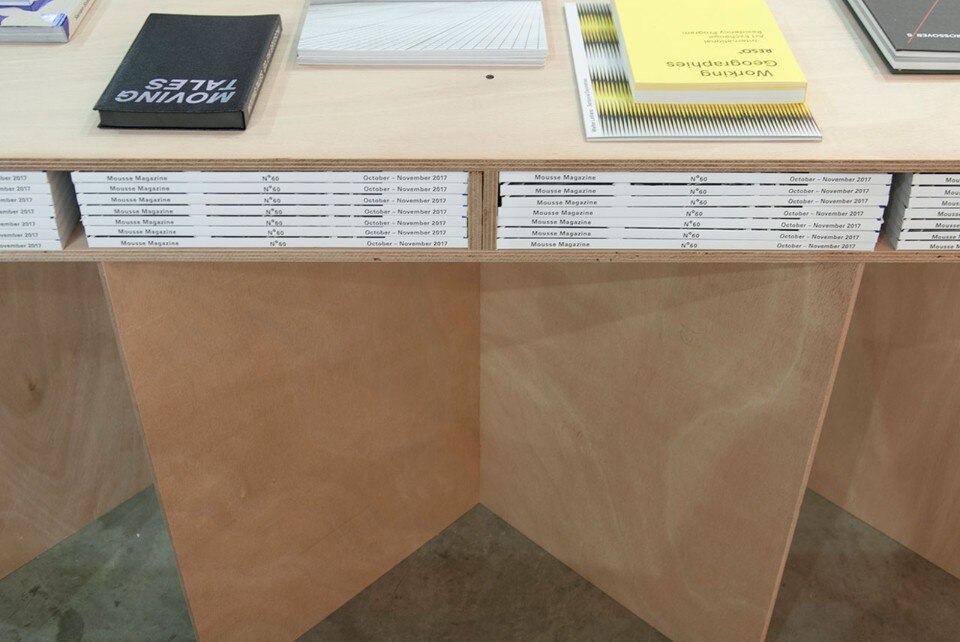







What meaning does design have in a “period of crisis”?
APB: When we graduated, the word crisis was everywhere, and suffering the consequences was inevitable. What we were taught at university was completely detached from the professional world. This led us to reflect on the effective role of design and the bearing our work has on reality.
PI: We now find ourselves in a complex period, one of contradiction and profound crisis, one which is not only economic. A good designer cannot close their eyes and design as was the case 30-40 years ago, with the materials, techniques, and reference points (and consequently the aesthetics) of the past. In particular, we are profoundly critical of the excessive and thoughtless use of resources. Whatever we design, our first objective is to reduce waste and optimise production or transformation processes. All designers should have a clear idea of the environmental, economic and social implications of their work.
You deal principally with interiors and installations. What does space design mean?
AP: Designing an installation for an exhibition, or for a festival, or an exhibition stand, are opportunities which allow for the development of ever-diverse designs, leaving increased space for experimentation. The context is at times the same, but the nature of installation allows for the shaping of its perception and usability in ever-new ways. It is a great training ground, where one can practice all kinds of things.
PI: It seems to us that nowadays the design of space is the only opportunity for rational design. We are surrounded by products, signs, information. Rather than adding another chair to the panorama, we are interested in bringing order, displaying, re-evaluating.
Any figures you follow?
PI: We have the fortune of having had famous masters, both in the university period and during our careers, as well as friends and colleagues whose work and attitude to design we admire.
Personally, I owe much to Francesco Librizzi and Nunzio Gabriele Sciveres, architects with who I took my first steps after finishing my studies. The person who changed my perception of this discipline is, in any case, Pierluigi Nicolin, our professor of final synthesis at the Politecnico. It was thanks to his lessons that we learned to interpret interior design and its fundamental elements. At times it seems we can hear his reproach, as though we were still under review.
APB: Nowadays, however, we seek to follow a personal path, without influences. Besides, “maestros are made to be eaten”.
Is this the type of work you wanted to do?
AP: If I consider the joy of seeing something I have followed from the very beginning come to fruition, I can only say yes. Definitely. Even if I believe that design is something more profound, which accompanies you daily, and which you cannot do without.
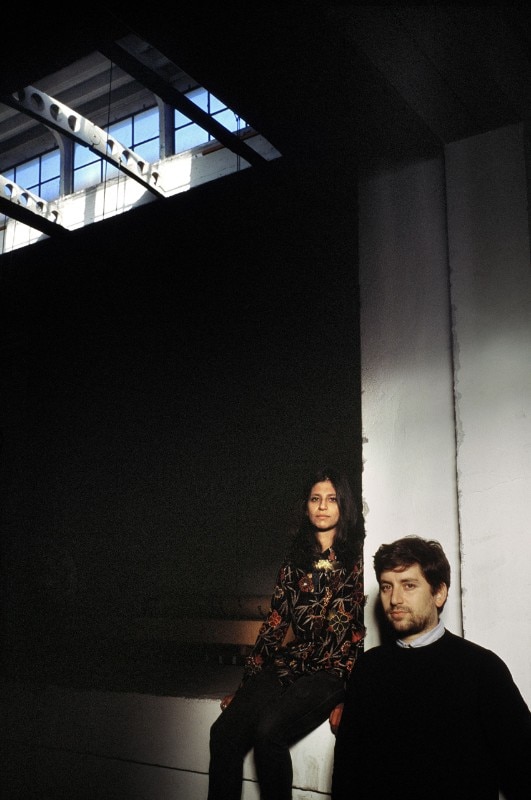
Books, cinema, music, favourite food, free time, travel... You decide PI: We are fascinated by the surreal aesthetics of David Lynch, and we are avid listeners to music. Our designs always have some kind of reference, at times explicit, at times subtle, to records or artists that we like. We have, over time, cited Motorpsycho, Arcade Fire, Radiohead, Franco Battiato. We like to transmit other, hidden, messages, as was the habit in the past with album artwork. In reality our tastes do differ slightly, and so in 2018 we have finally created a playlist for the studio where we take turns adding songs democratically!


